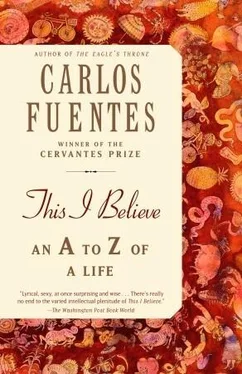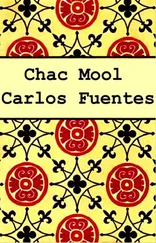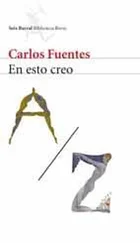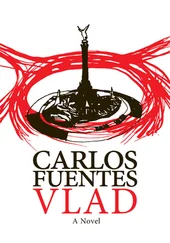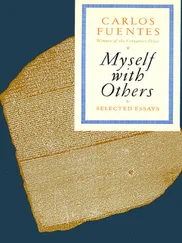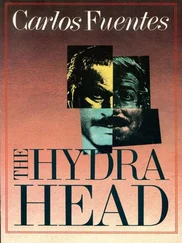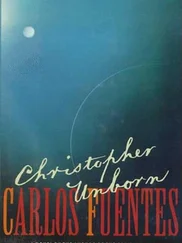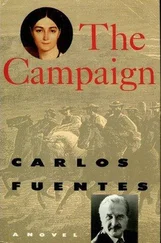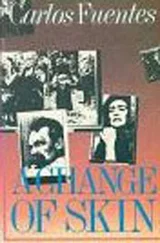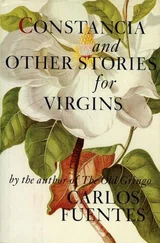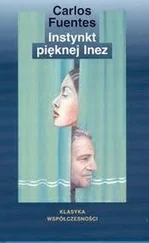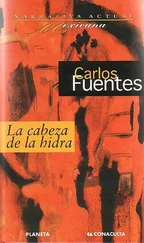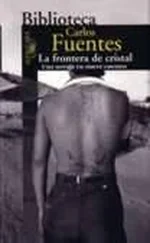For this reason, Velázquez is at both the center and the pinnacle, the base and the horizon, of modern painting. We must not forget that the canvas Velázquez paints — the painting within the painting — does not face us and is not yet finished, even though we are gazing at something we believe to be finished. Between these two central facts, however, two broad and shocking spaces open up. The first belongs to the painting’s original scene. Velázquez paints, the princess and her maids are caught by surprise as they look out, the gentleman enters through an illuminated vestibule, the king and queen are reflected in the mirror. Did this scene actually take place? Was it posed? Or did Velázquez simply imagine some or all of its elements? The second space is occupied by another question: did the painter finish the painting? Not only the painting that he is executing, one we do not see, but the very painting that we are looking at. Is it finished? Ortega y Gasset reminds us that Velázquez, in his own day, was not a popular painter. He was often accused of delivering unfinished works. Quevedo even accused him of painting “distant stains.” Today we can appreciate, from close up, that Velázquez’s “realism” springs to life through a profusion of abstract brushstrokes. Observed at close range, his paintings dissolve into a splendid pictorial abstraction — meticulous, free, and, I would say, self-sufficient. I don’t mean to suggest we dissect a Velázquez painting, but I do suggest that we approach him with a more inquisitive, intimate, microscopic gaze. That is how we may recognize the precision, the freedom, and the discipline of this “painter of painting,” as Ortega called him, recalling as well that Velázquez is more than a realist — he is a de-realist whose modes of derealization are innumerable and even opposed to one another. But in every case, there is a representation that is a visitation in the Henry James sense of the word: power exercised by an intangible presence. Ortega, who was the precursor to Foucault’s celebrated theories (the viewer occupies the king’s position), reminds us that before Velázquez, painting created a false world on canvas, a world alien and immune to time, “the fauna of eternity.” Although I believe that Ortega is wrong in this case, because that “fauna of eternity” pertains to pre-Renaissance art, I agree that Velázquez “does indeed paint time itself at the very moment that constitutes ‘being,’ just as it is condemned to stop being, to evolve, to become corrupted.”
In Las Meninas, Velázquez establishes a principle for modern art. The reproaches he endured in his lifetime for painting “unfinished works,” is, in today’s world, the very emblem of his modernity and, I would add, his freedom. Velázquez deposits his work in the gaze of the viewer. As such, the viewer’s responsibility is not to finish the painting but to continue it. . “A poem neither begins nor ends, ever,” wrote Mallarmé. “It only pretends.” This manner in which the work is a pose, or a fiction, that is open to all that preceded it and all that will succeed it, through the gaze of the present moment, is the great and eternal lesson of this greatest and most eternal of painters.
Velázquez does not finish his paintings. He opens them up to our reality. But he also tells us, with incomparable visual force, that in our world everything is unfinished, nothing is ever fully concluded. Why? Because we ourselves, men and women, have not finished, we have not closed the chapter on our own story, no matter how intently the borders of finality and certainty may close in around us. Unfinished, even in death, because whether we are remembered or forgotten, we still contribute to a past that our descendants must keep alive if they want to have a future.
The eternal aperture and innovation of Velázquez offer a response to the contemporary concern regarding the death of the artistic avant-gardes. These movements perished because they came to believe that art was something that progressed, something that was part of the modern world’s general movement toward political freedom, economic satisfaction, and social well-being. But in the twentieth century, when progress stopped progressing, murdered either by political horror or physical violence, the avant-gardes ceased to exist. The singularity and the coexistence of artistic works, however, prevailed.
A simplistic Marxism, contrary to the complexity of Marx himself in terms of aesthetics, disseminated the notion that art progressed. To begin with, Marx underscored “the imbalance between the development of material production and the development of artistic production.” Art provides people with a kind of pleasure that transcends the forms of social development that may prevail at the moment of the artwork’s creation. “Why does a work of art continue to provide aesthetic pleasure when it is the mere reflection of a social form that has long since been replaced and that should only be of interest to the historian?” asks Marx in his Grundrisse ( Foundations of the Critique of Political Economy ). In the same work, he reminds us that Greek art is intimately connected to certain kinds of social development. But it continues to provide us with aesthetic pleasure and to represent, in some way, “an unattainable norm and model.” Marx goes on to add, with an irony that escapes many stricter, square Marxists, that the discovery of gunpowder does not make Achilles obsolete, nor does the invention of the printing press condemn the Iliad to death. Industrial progress does not silence the song of the epic muse, Marx concludes.
Karel Kosik, the preeminent Marxist critic in Czechoslovakia, sheds even more light on the issue. Every work of art has a double nature within its indivisible unity. It is the expression of reality. But at the same time, it shapes the reality that exists, not before and not alongside the work, but more precisely within the work itself and only in the work. Kosik reconsiders Marx’s question: how can a work of art provide aesthetic pleasure if the social conditions that existed at the time of its creation no longer exist? Dante is more than just a poet who participated in the struggles between Guelphs and Ghibellines in the Florence of the thirteenth century. Kafka is more than just a Czechoslovakian Jew who was terrorized by his father. Basic Marxism and psychologism believe that one’s social or psychic foundations, which are determined by familial and economic foundations, will determine the work of art. Kosik solves the dilemma: how and why does a work of art outlast the conditions under which it was created? Because a work of art exists as a work of art because it demands interpretation, and interpretation produces, in turn, multiple meanings.
Velázquez shows us, like no other artist, how a work of art moves from fact (he painted Las Meninas in 1656, during the reign of Philip IV, in an absolutist, decadent Spain) to event (that is, the continuity that allows us to appreciate the painting today as something contemporary for us — just as contemporary as it will be to the viewer who observes it a century from now).
Kosik the Marxist, incidentally, was persecuted and imprisoned by the Soviet tyranny that seized his homeland in 1968. His papers were confiscated. The philosopher had to rewrite them from memory.
Yves Bertherat tells us that if society, economy, and politics exhaust the meaning of a particular work of art, the work of art will become illegible (invisible) by “everyone but those erudite souls of the past” when this community or society perishes. This is true because the other side of the coin is to believe that art “progresses” and the avant-gardes are the driving force behind such progress. The avant-gardes are dead, as is the notion that progress is the inevitable condition of the human quest for perfectibility (Condorcet: “progress. . will never be reversed as long as the earth occupies its present place in the system of the universe”). And so our awareness of limitations — the limitations of progress in a general sense and of the avant-gardes in particular — bring us back to our question. Can any kind of new movement come about at a time in which everything seems to indicate that newness is no longer possible because progress has ceased to progress — not in the fields of technology and science, but rather as a guarantee of happiness?
Читать дальше
